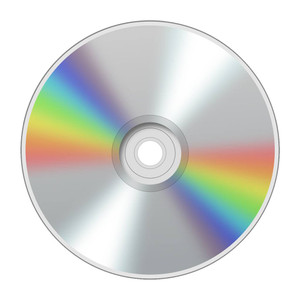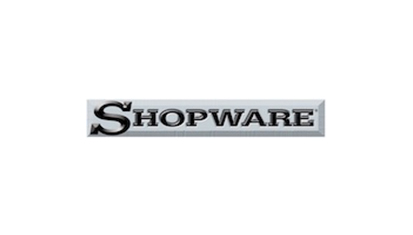

 Shopware
Shopware
From plungers, to pipe wrenches, to safety gear, this program introduces each common tool of the plumbing trade with a brief demonstration of its proper use. Safety precautions and industry tips are provided as well, and four major types of piping and tubing—steel, copper, plastic, and cast iron—are described. A viewable/printable instructor’s guide is available online. Correlates to all National CTE Organizational Standards (including the provisions of the Perkins Act).
What Plumbers Do (02:57)
Plumbers install or repair plumbing pipes, fixtures such as toilets, and equipment such as water heaters and boilers. In this segment, students learn about a basic residential plumbing system.
Types of Plumbing Pipes (03:24)
Today, nearly all plumbing materials are produced lead-free. Water supply lines can be made of copper, plastic, or galvanized steel (mostly found in older structures). Host Alan Pratt discusses the pros and cons of different pipe materials.
Pipes Used in Draining Waste Vents (02:28)
DWVs are made of rigid plastic, cast iron, or galvanized steel. Alan Pratt discusses the pros and cons of pipefittings, and explains how each type of pipe is used.
Pipe Fittings (01:35)
To change the size or directions of rigid piping, the plumber uses a wide variety of standardized pipefittings such as elbows, couplings, bushings, and reducers. Once fitted together, pipes are hung with pipe hangers.
Safety Precautions (02:03)
Plumbers take safety precautions by wearing proper clothing and providing adequate ventilation. They always close the shutoff valve before working on pipes, maintain their tools, work in clean areas, and are skillful in soldering.
Basic Plumbing Tools (06:18)
Novice or professional plumbers keep these and other basic tools on hand: rubber gloves, safety glasses, masks, tape measures, levels, rubber washers and O-rings, plunger and auger, cutters, and tools for grasping, loosening, and tightening.
Specialized Plumbing Tools for Copper Pipes (04:57)
Pratt introduces specialized plumbing tools by demonstrating their uses on different kinds of pipes. He demonstrates the steps in fitting copper pipes, preparing pipes for soldering, and sweating the joint safely.
Joining Copper Pipe Without Soldering (00:44)
This demonstration shows how compression fittings or flared fittings both work by tightening against the pipe with compression.
Plastic Tools and Materials (03:32)
Pratt provides a systematic demonstration of working with PVC and ABS pipes. Basic tools include measuring tape, marking pen, plastic shears, emery cloth, primer/cement, torpedo level, and safety gear.
Cast Iron Tools and Materials (02:29)
For this job, the plumber wears safety gear. Basic tools include measuring tape, Sawzall with metal cutting blade, appropriate marker, no-hub coupling, and a no-hub torque wrench.
Length: 33 minutes
Recommended for high school, vocational/technical school, and adult education.